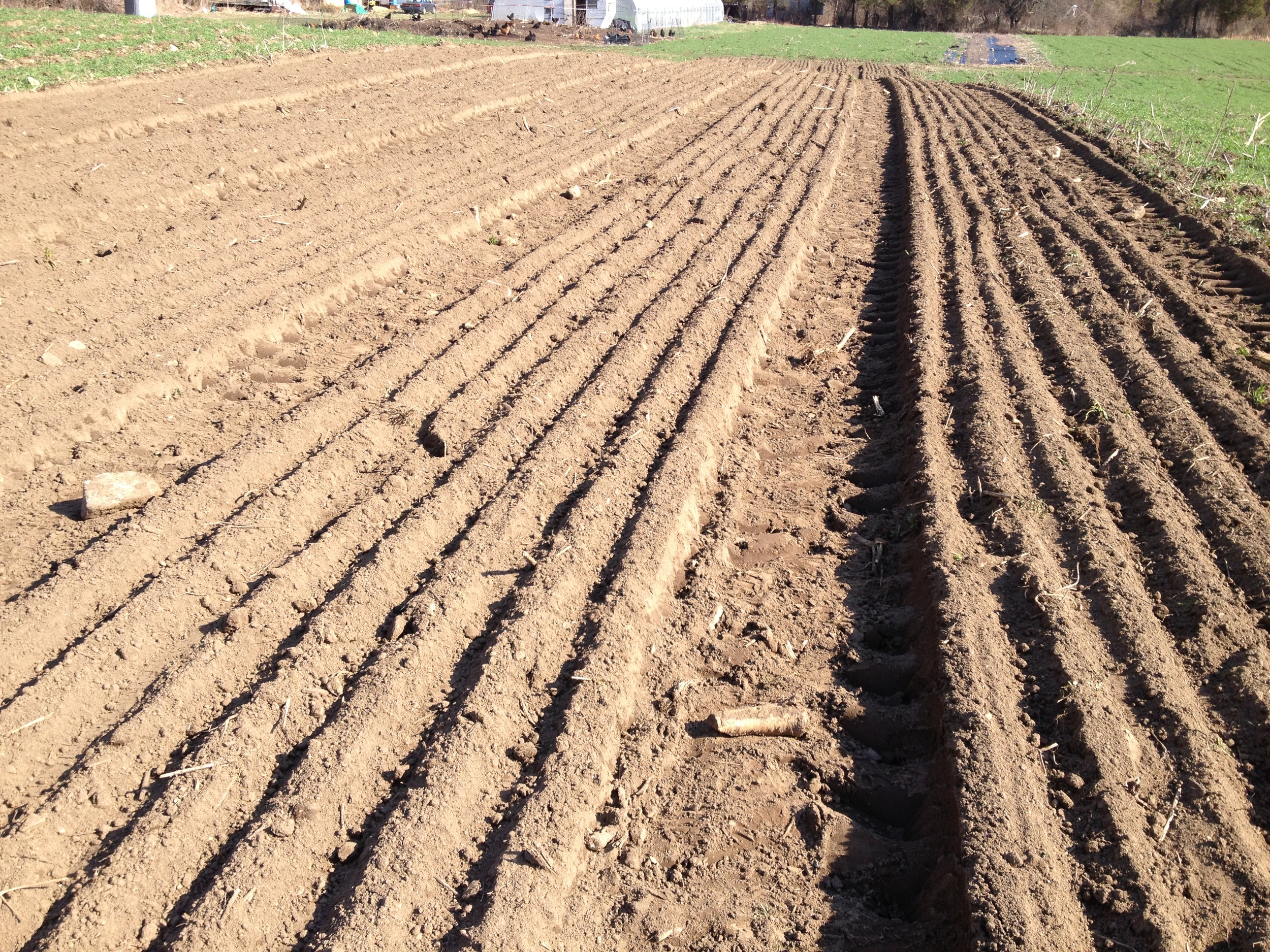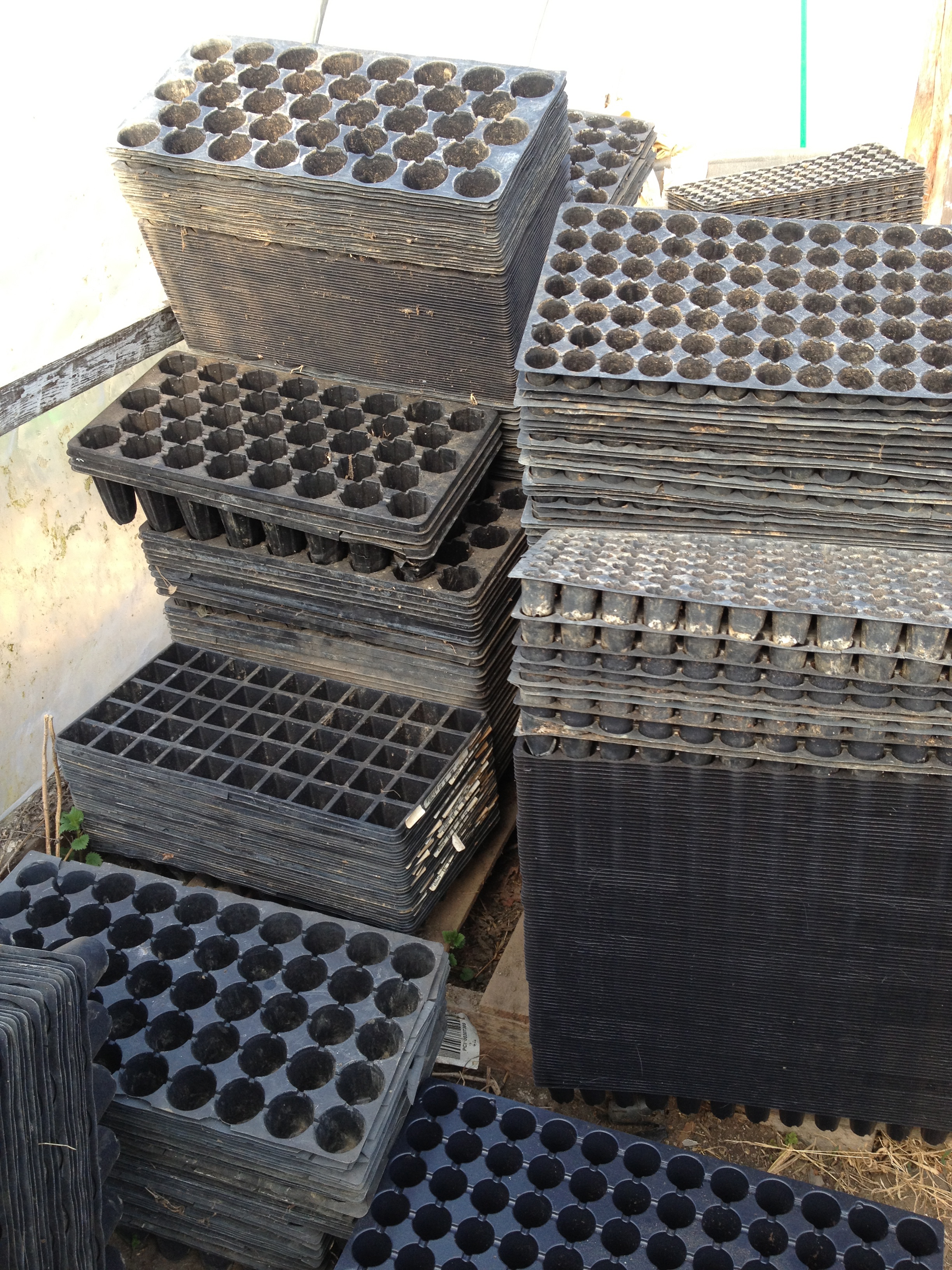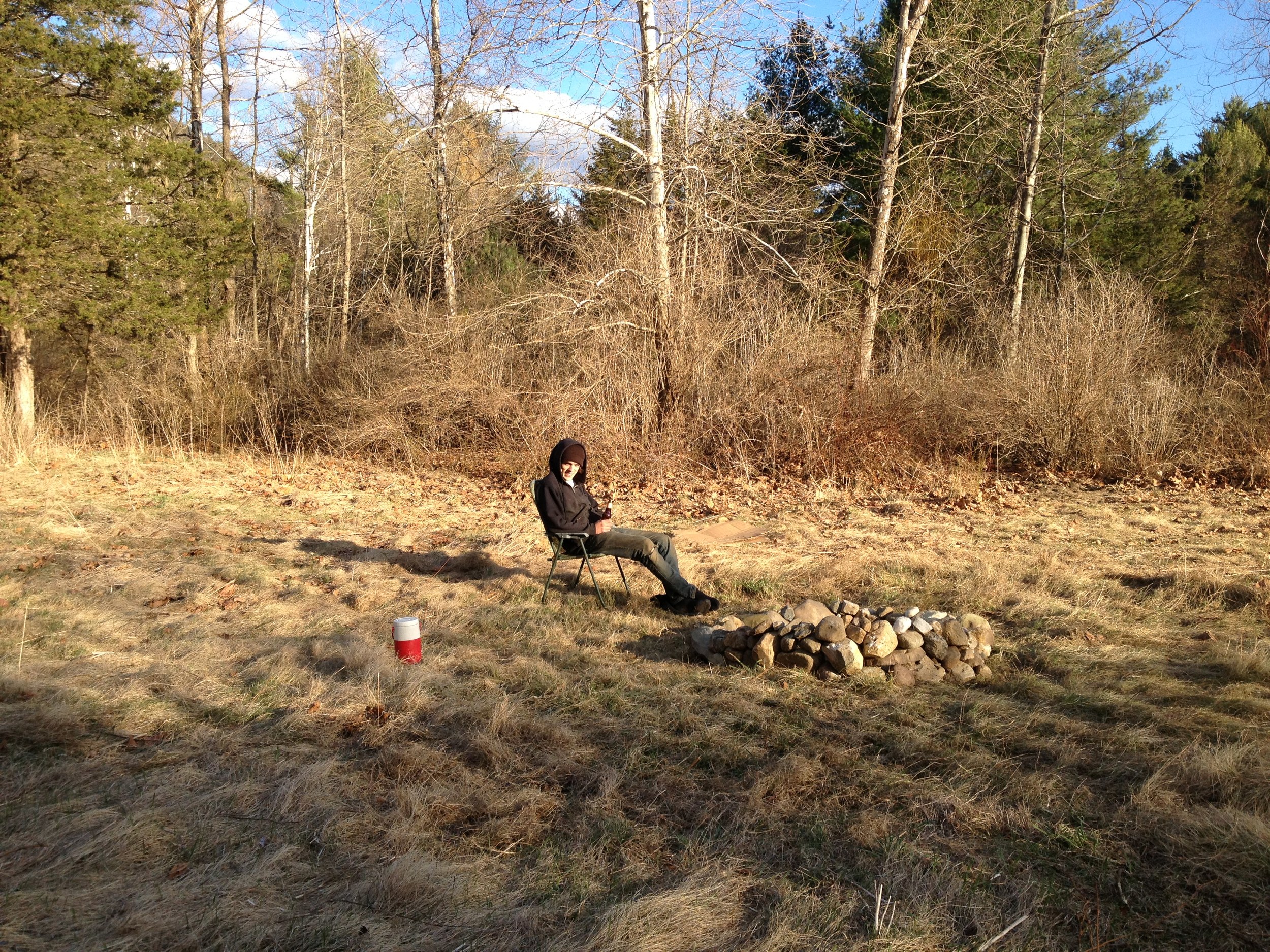The week on the farm chugged along like normal this week, after a rocky start in which I chose to mow a whole field full of chest-high ragweed (achoo! covered in yellow dust!). We feel almost caught up on the weeds these days, and we're on time transplanting and direct-seeding more greens for the fall. The boxes lately have been heavy but not quite as full. The only green we've been able to harvest consistently is the old stand-by, kale. The chard is recovering from some weedy weeks and heavy picking, and we haven't had salad mix in weeks because of the weeks of bad weather and fieldwork backups. Next week though, we should be back to bagging up salad mix. In the meantime, we've starting harvesting our potatoes for the shares, and we harvested our entire onion storage crop and stacked them up in the barn. We've also been harvesting fennel for the past few weeks, and the wonderful anise smell just brings my right back to Tuscany, where I spent a few afternoons harvesting seeds from dried wild fennel.
The biggest event this week was the inevitable but still momentous chopping off of all of my hair. For years, I'd been telling myself that long hair was easier to take care of than short hair, because you could always just pull it back. But one day last week, I woke up and just knew in my gut that it was time to cut all of my hair off again. No more long hairs on my pillow and tangled up in my brush! Hair that air dries in minutes! Fits in a hat and stays off my neck at the same time! I'm still getting used to it, but I definitely don't regret it.
Last weekend, I took the trip down to Red Hook, NY to stock up on some brewing supplies. I bought the ingredients for two beers: an IPA using our homegrown hops, and a faux-sour peach ale using beaches from a loaded tree on the farm. I harvested a whole grocery bag full of hops that I'll dry in my trailer before brewing with them tomorrow afternoon. The beautiful weather also means that besides homebrewing adventures, my weekends are full of outdoor activities this month. Two weekends ago, it was a hike up the neighboring mountain to a lake, where I paddled around, read a book, and ate wildblueberries off the shore. Last weekend, I went on a 3-hour hilly bike ride through a few of the neighboring towns and farming valleys. Tomorrow, I plan on hiking a small piece of the Appalachian Trail, which passes through town here. Never a shortage of fun!
Thinking about: comfort, flexibility, self-discipline
Reading: Colm Toibin's Brooklyn, Tom Shales & James Andrew Miller's Live from New York, Alice Waters' Chez Panisse Menu Cookbook, James Beard's Beard on Pasta
Eating: Chicken and zucchini soup over sourdough croutons, sharp cheddar and green apples, fresh popcorn and homebrewed ginger saison





















